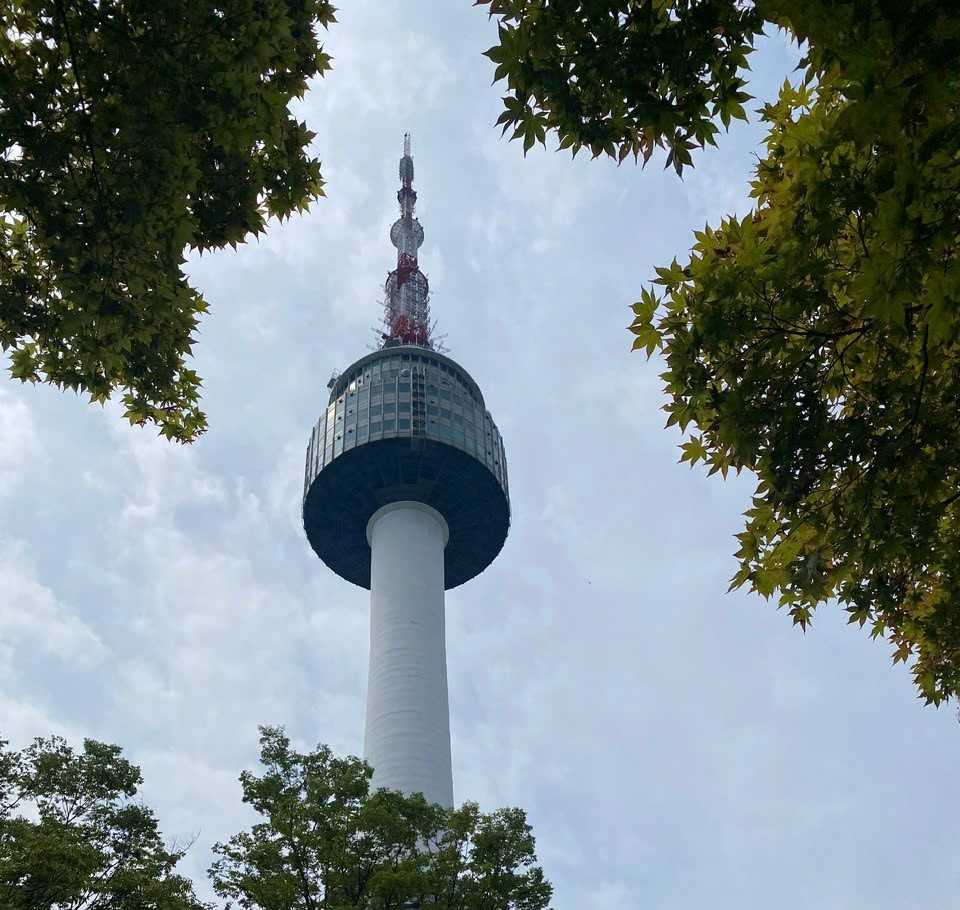QUALITY REQUIREMENTS OF WATER SUITABLE FOR DRINKING
PART 1 MICROBIAL PARAMETERS:
|
1. Escherichia coli (or alternatively, thermotolerant coliform bacteria) |
must not be detectable in any 100 millilitre sample |
PART 2 PHYSICO-CHEMICAL PARAMETERS:
|
1. Colour |
must not exceed 15 True Colour Units |
|
2. Turbidity |
must not exceed 5 Nephelometric Turbidity Units |
|
3. pH |
6.5-9.5 (if the water is provided by a WSSP water provider using a distribution network main connected to the service pipes or storage tanks in any area or to any premises) |
PART 3 RADIOLOGICAL PARAMETERS:
|
1. Gross Alpha activity |
must not exceed 0.5 becquerel/litre |
|
2. Gross Beta activity |
must not exceed 1 becquerel/litre |
|
3. Radon 222 concentration |
must not exceed 100 becquerel/litre |
PART 4 CHEMICAL PARAMETERS:
Maximum prescribed quantity (milligrams/litre)
|
1. Acrylamide |
0.0005 |
|
2. Alachlor |
0.02 |
|
3. Aldicarb Sulfoxide and Aldicarb Sulfone |
0.01 |
|
4. Combined Aldrin and Dieldrin |
0.00003 |
|
5. Antimony |
0.02 |
|
6. Arsenic |
0.01 |
|
7. Atrazine and its chloro-s-triazine metabolites |
0.1 |
|
8. Barium |
1.3 |
|
9. Bentazone |
0.5 |
|
10. Benzene |
0.01 |
|
11. Benzo[a]pyrene |
0.0007 |
|
12. Boron |
2.4 |
|
13. Bromate |
0.01 |
|
14. Bromodichloromethane |
0.06 |
|
15. Bromoform |
0.1 |
|
16. Cadmium |
0.003 |
|
17. Carbofuran |
0.007 |
|
18. Carbon tetrachloride |
0.004 |
|
19. Chlorate |
0.7 |
|
20. Chlordane |
0.0002 |
|
21. Chlorine |
5 |
|
22. Chlorite |
0.7 |
|
23. Chloroform |
0.3 |
|
24. Chlorotoluron |
0.03 |
|
25. Chlorpyrifos |
0.03 |
|
26. Chromium, in all forms as a total |
0.05 |
|
27. Copper |
2 |
|
28. Cyanazine |
0.0006 |
|
29. Cyanide |
0.07 |
|
30. Cyanide in Cyanogen Chloride form as part of total cyanogenic compounds |
0.07 |
|
31. Cyanuric acid |
40 |
|
32. 2,4-D (2,4-dichlorophenoxyacetic acid) in free acid form |
0.03 |
|
33. 2,4-DB [4-(2,4-Dichlorophenoxy) butyric acid] |
0.09 |
|
34. DDT (dichlorodiphenyltrichloroethane) and metabolites |
0.001 |
|
35. Di(2-ethylhexyl)phthalate |
0.008 |
|
36. Dibromoacetonitrile |
0.07 |
|
37. Dibromochloromethane |
0.1 |
|
38. 1,2-Dibromo-3-chloropropane |
0.001 |
|
39. 1,2-Dibromomethane (Dibromomethane, 1,2-) |
0.0004 |
|
40. Dichloroacetate |
0.05 |
|
41. Dichloroacetonitrile |
0.02 |
|
42. 1,2-Dichlorobenzene (Dichlorobenzene, 1,2-) |
1 |
|
43. 1,4-Dichlorobenzene (Dichlorobenzene, 1,4-) |
0.3 |
|
44. 1,2-Dichloroethane (Dichloroethane, 1,2-) |
0.03 |
|
45. 1,2 Dichloroethene (Dichloroethene, 1,2) |
0.05 |
|
46. Dichloromethane |
0.02 |
|
47. 1,2-Dichloropropane (Dichloropropane, 1,2-; 1,2-DCP) |
0.04 |
|
48. 1,3-Dichloropropene (Dichloropropene 1,3-) |
0.02 |
|
49. Dichlorprop |
0.1 |
|
50. Dichlorvos |
0.02 |
|
51. Dicofol |
0.01 |
|
52. Dimethoate |
0.006 |
|
53. Dioxane, 1,4-(1,4-Dioxane) |
0.05 |
|
54. Diquat |
0.03 |
|
55. Edetic acid (EDTA-Ethylene Diamine Tetraacetic Acid) in free acid form |
0.6 |
|
56. Endrin |
0.0006 |
|
57. Epichlorohydrin |
0.0004 |
|
58. Ethylbenzene |
0.3 |
|
59. Fenoprop (2,4,5-TP; 2,4,5-trichlorophenoxy propionic acid) |
0.009 |
|
60. Fluoride |
0.7 |
|
61. Glyphosate and aminomethylprosphoric acid (AMPA) |
0.9 |
|
62. Hexachlorobutadiene (HCBD) |
0.0006 |
|
63. Hydroxyatrazine |
0.2 |
|
64. Isoproturon |
0.009 |
|
65. Lead |
0.01 |
|
66. Lindane |
0.002 |
|
67. Malathion |
0.9 |
|
68. Manganese |
0.4 |
|
69. MCPA [4-Chloro-2-methylphenoxyacetic acid; 4-(-2-methyl-4-chlorophenoxy) acetic acid] |
0.7 |
|
70. Mecoprop {MCPP; [2(2-methyl-chlorophenoxy) propionic acid]} |
0.01 |
|
71. Mercury, in inorganic form |
0.006 |
|
72. Methoxychlor |
0.02 |
|
73. Metolachlor |
0.01 |
|
74. Microcystin-LR, in free and cellbound forms as a total |
0.001 |
|
75. Molinate |
0.006 |
|
76. Molybdenum |
0.07 |
|
77. Monochloramine |
3 |
|
78. Monochloroacetate |
0.02 |
|
79. N-Nitrosodimethylamine (NDMA) |
0.0001 |
|
80. Nickel |
0.07 |
|
81. Nitrate (as NO3ˉ) |
50 |
|
82. Nitrate plus nitrite combined |
The sum of the ratios of the concentrations of each to their maximum prescribed quantity must not exceed 1 |
|
83. Nitrilotriacetic acid (NTA) |
0.2 |
|
84. Nitrite (as NO2ˉ) |
3 |
|
85. Pendimethalin |
0.02 |
|
86. Pentachlorophenol (PCP) |
0.009 |
|
87. Perchlorate |
0.07 |
|
88. Permethrin, where used as a larvicide for public health purposes |
0.3 |
|
89. Pyriproxyfen |
0.3 |
|
90. Selenium |
0.04 |
|
91. Simazine |
0.002 |
|
92. Sodium dichloroisocyanurate |
50 |
|
93. Sodium dichloroisocyanurate as cyanuric acid |
40 |
|
94. Styrene |
0.02 |
|
95. 2,4,5-T (2,4,5-Trichlorophenoxyacetic acid) |
0.009 |
|
96. Terbuthylazine (TBA) |
0.007 |
|
97. Tetrachloroethene |
0.04 |
|
98. Toluene |
0.7 |
|
99. Trichloroacetate |
0.2 |
|
100. Trichloroethene |
0.02 |
|
101. Trichlorophenol, 2,4,6-(2,4,6- Trichlorophenol) |
0.2 |
|
102. Trifluralin |
0.02 |
|
103. Trihalomethanes |
The sum of the ratio of the concentration of each Trihalomethane1 to its respective maximum prescribed quantity must not exceed 1. |
|
104. Uranium (only chemical aspects of uranium addressed) |
0.03 |
|
105. Vinyl chloride |
0.0003 |
|
106. Xylenes |
0.5 |








